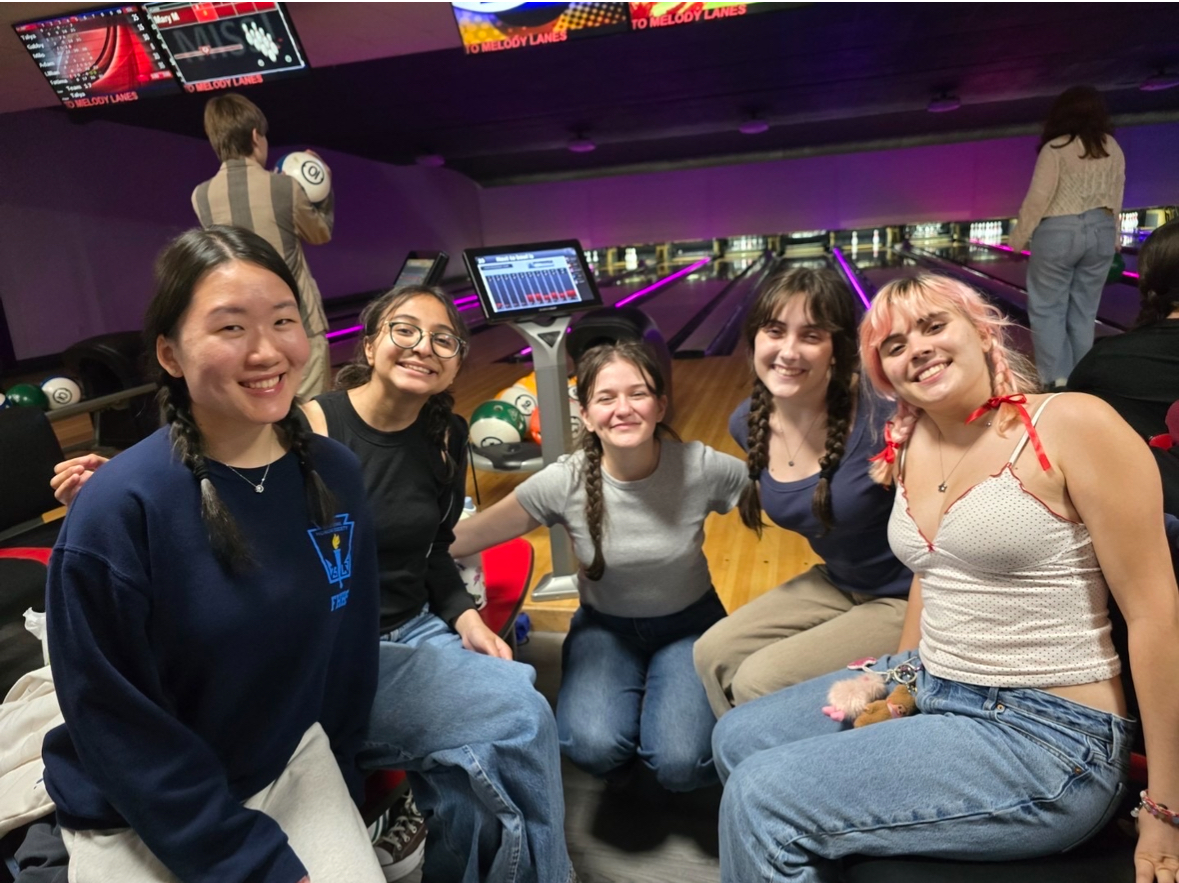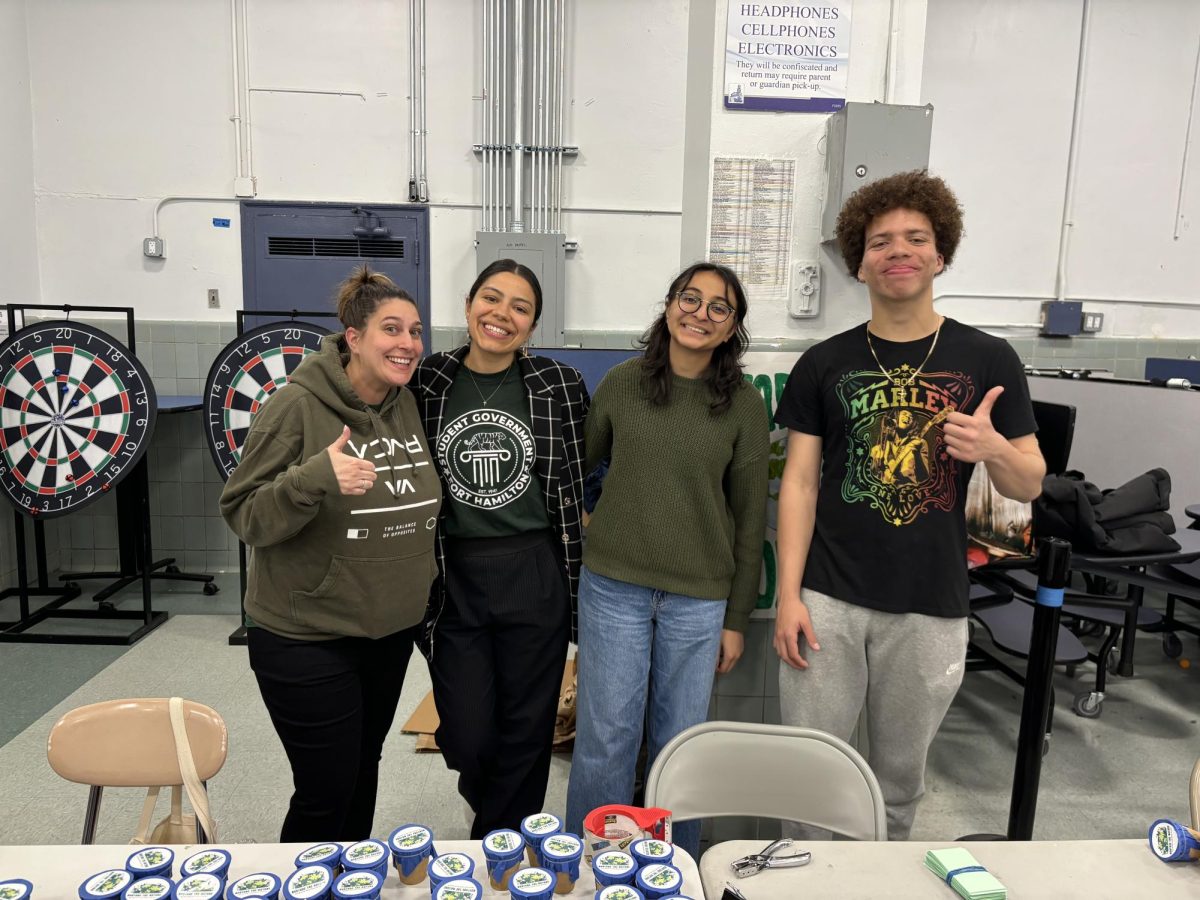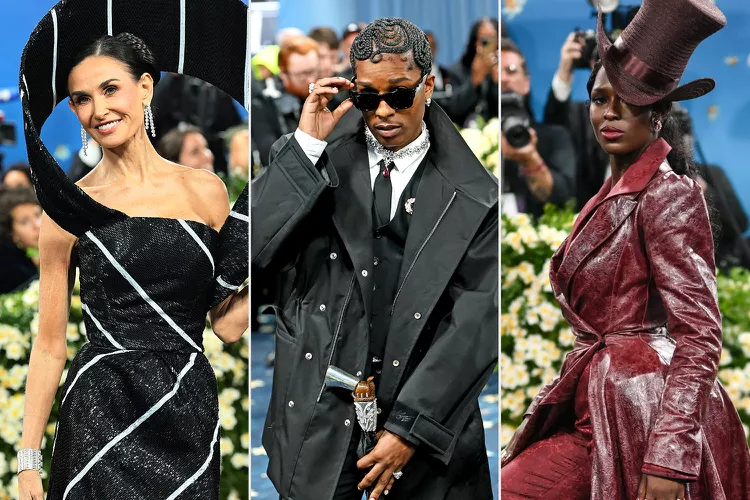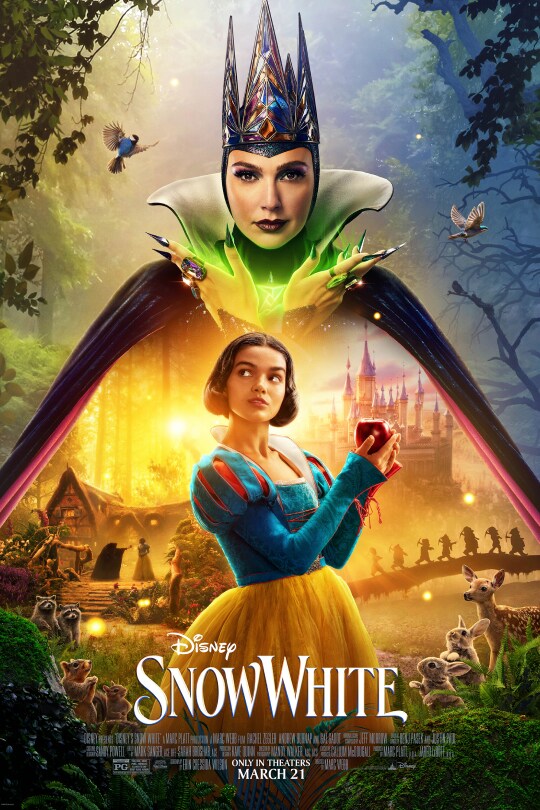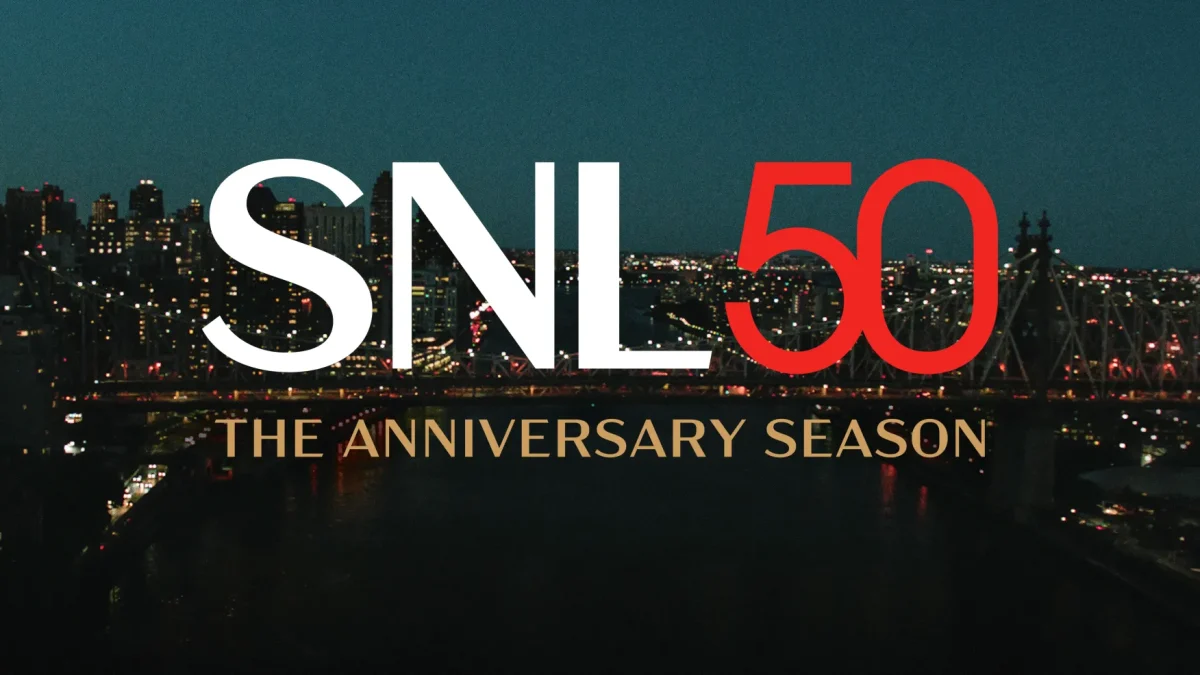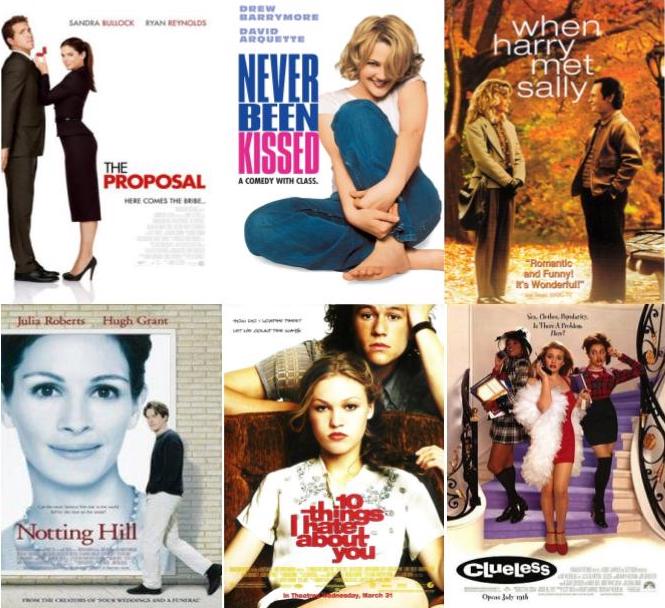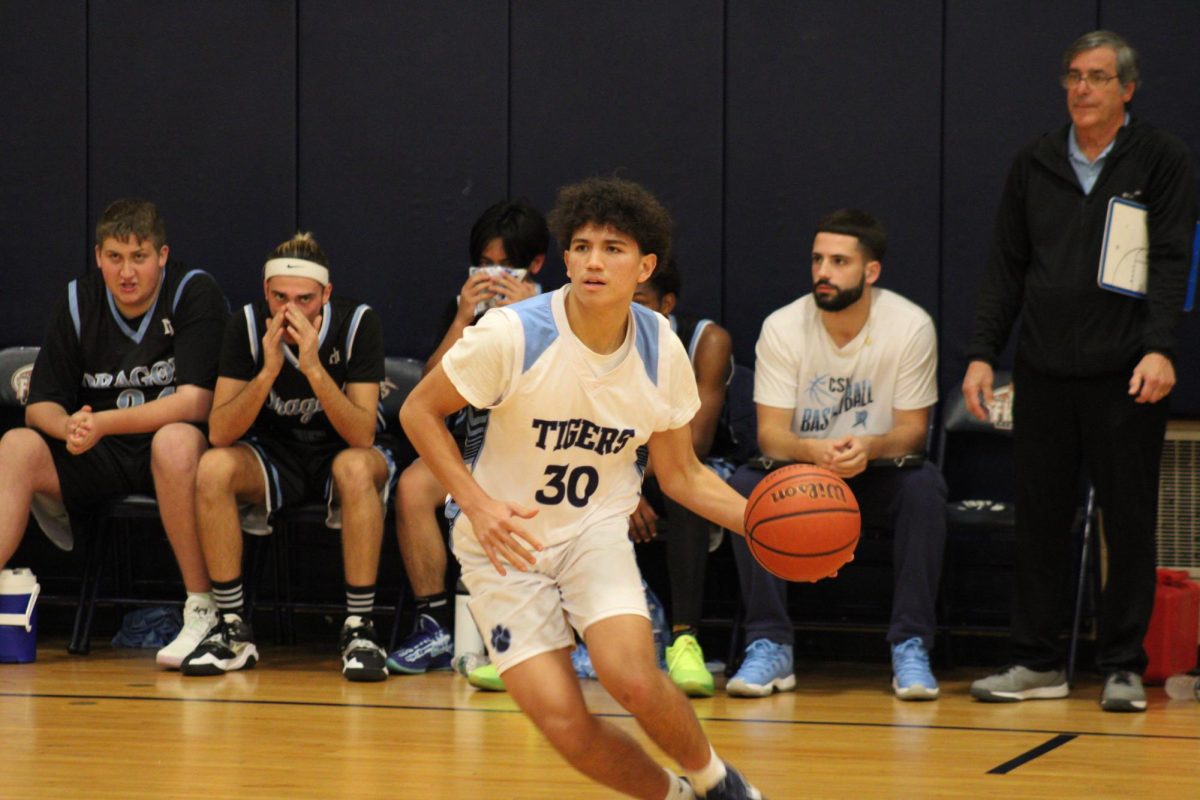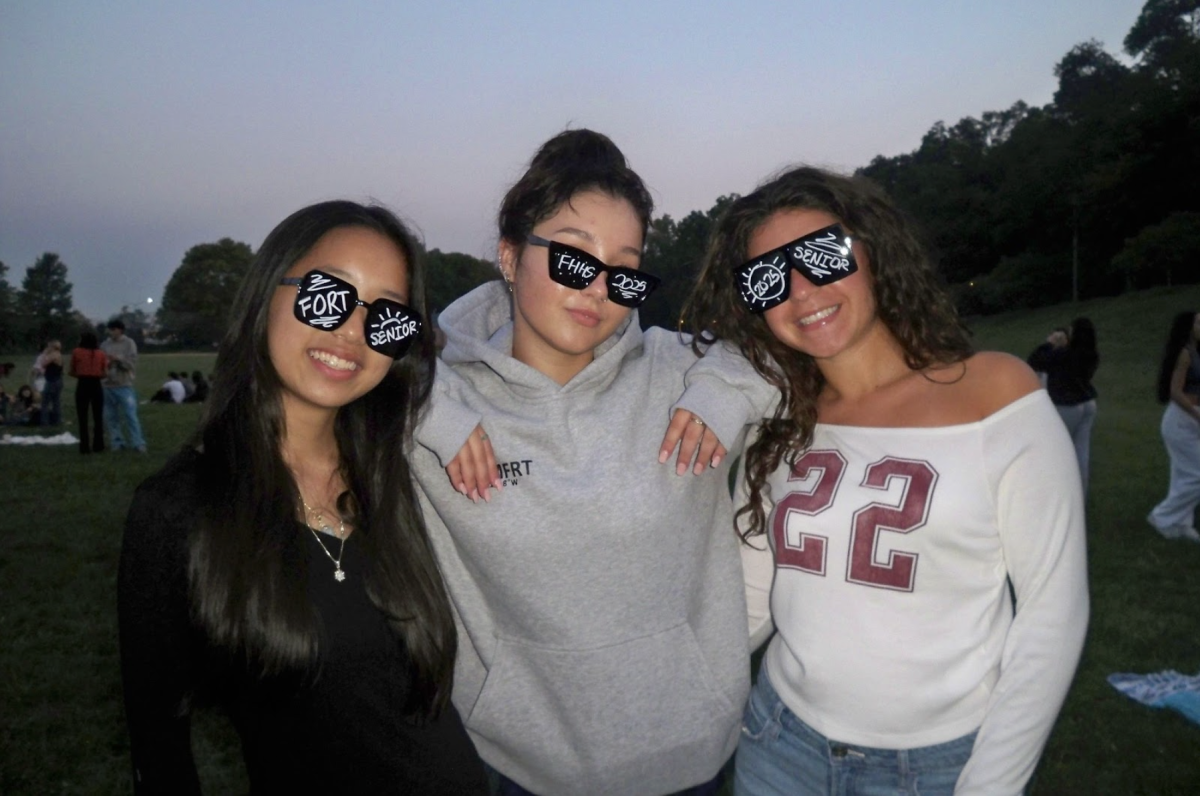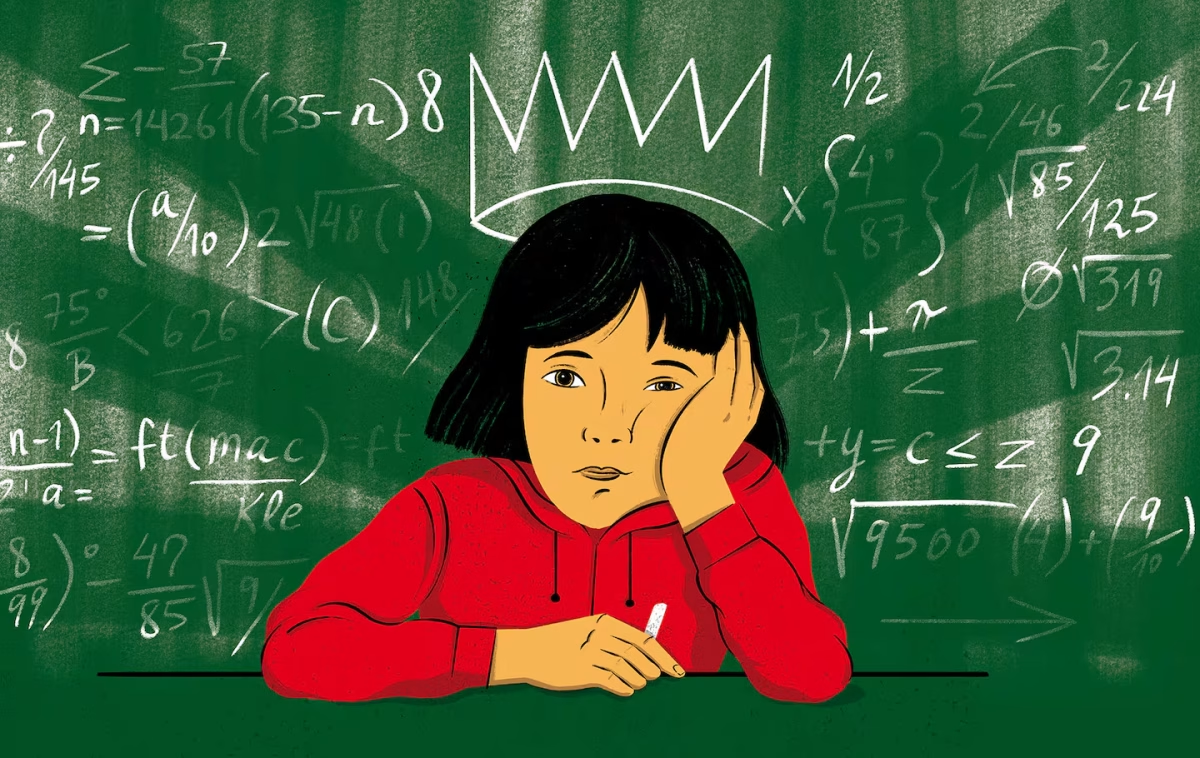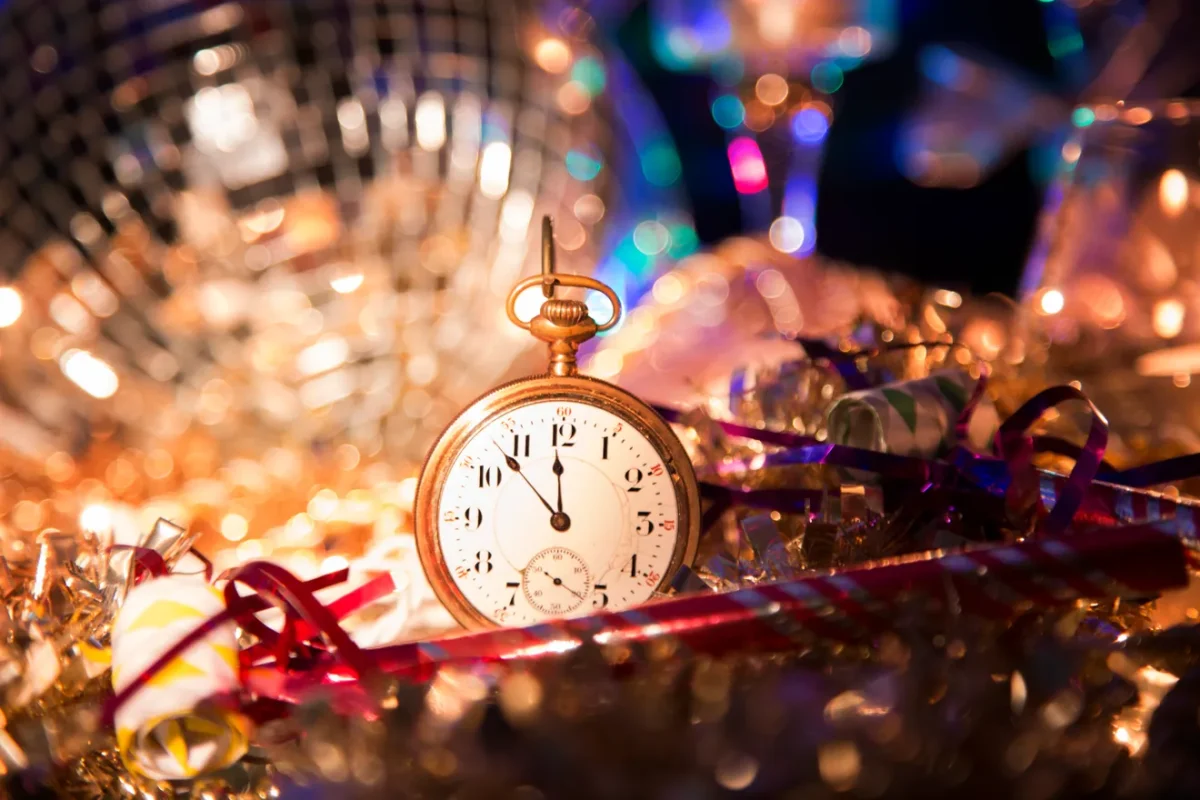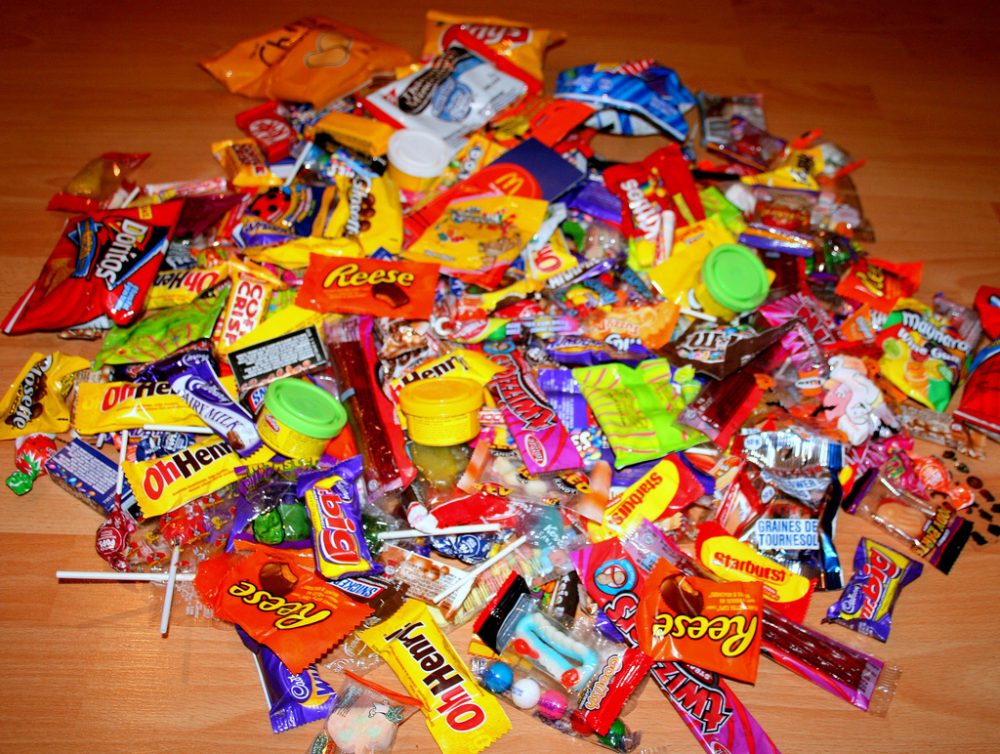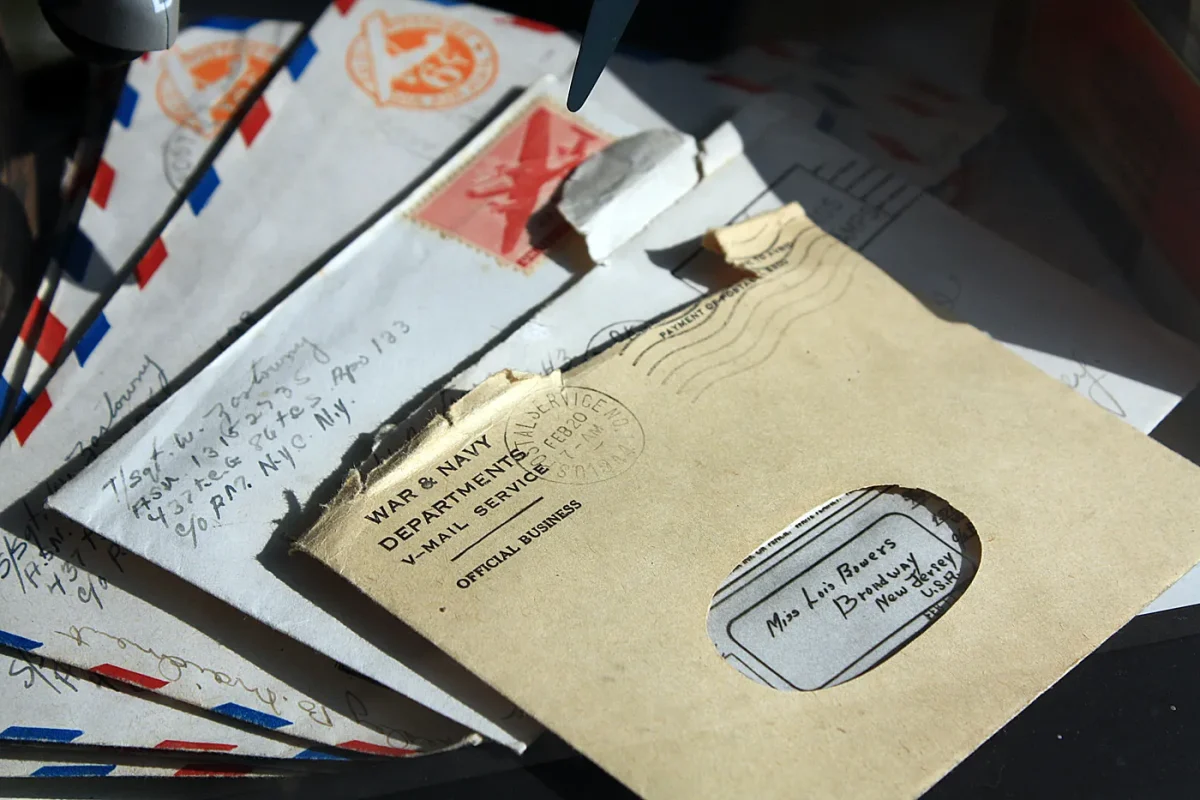The first thing that comes to mind when thinking about Halloween (other than maybe a pumpkin) is candy—more specifically, trick or treating.
Trick-or-treating is the highlight of Halloween for kids who want to show off their costumes and get a little something sweet, parents who get to pick some candy from their kids’ bags, and those who give out candy and get to see cute kids in costumes beaming at them.
When did our obsession with “spooky season” traditions start? How did dreams of full-sized candy bars get involved?
Our story starts with something more of a trick than a treat: spirits. Specifically, Samhain, an ancient Celtic festival, was held on October 31st, and villagers would also dress in costumes (made of animal skins) just as we do for Halloween. Feasts would be held, bonfires lit, and sacrifices and prayers offered; all this done to appease the likes of friendly and unfriendly spirits.
Centuries later, a new holiday took its place with a surprising new date. On November 2nd, All Souls’ Day was celebrated to honor the dead. The day replaced Samhain, the new holiday designated and supported by the now-installed catholic church.
Though Samhain was replaced, many of the traditions stayed the same. Bonfires were still lit, the dead still offered their prayers, and feasts were still held.
Not to be confused, there were also new aspects to the celebrations. The concepts of guising and souling followed these ideas; children would walk from house-to-house in costumes and ask for a reward of a pastry (souling), or coin or fruit (guising). With souling, you’d get your reward by offering your prayers to lost family or friends of whoever opened the door. With guising, you’d get your reward by putting on a performance to whoever opened the door.
These concepts should sound familiar as they serve as the base for what we know now as trick-or-treating.
Time continued to pass and All Saints’ Day became the designated date of November 1st. The day before that, October 31st, was designated All Hallows Eve. If the name sounds familiar, All Hallows Eve becomes the Halloween that we know and love today.
Jumping ahead to the 1920s, we see the creation of one of Halloween’s biggest terms; trick-or-treating. Heralded by Canadian newspapers, houses that didn’t give a treat to children would be opened to getting a trick played on them.
By the 1950s, candy companies were advertising that their candies should be offered in addition to cookies, fruit, nuts, and even slices of cake.
The holiday and the candy that followed it quickly became rooted in American culture. There are many different factors as to why we associate Halloween with trick-or-treating.
On one hand, it could be due to Irish immigrants carrying over the traditions of Samhain and All Souls’ day.
They introduced many new aspects to the celebration of Halloween within the states. Organized mischief (what we now would call a prank), turnip carving which very quickly became the tradition of carving pumpkins, and even the colors of black and orange. All of these things so naturally associated with Halloween are mostly traditions used by the Irish and the immigrants who influence the culture.
On the other hand, known American pop culture at the time began to create their own version of Halloween.
The Peanuts’ comic strip helped to popularize the concept of carving jack-o-lanterns and trick-or-treating with both American adults and children after they released three Halloween themed comic strips. They ran from October 29th all the way until Halloween day in 1951.
Disney also released their own version of a Halloween themed product in the form of Donald Duck’s Trick or Treat. The cartoon follows Donald’s nephews Huey, Dewey, and Louie as they attempt to gain their treats through tricks on their Uncle after he refuses to give them candy. If the Peanuts didn’t cement the holiday’s popularity, the cartoon definitely helped to reinforce the newly forming love for Halloween.
Halloween’s legacy is a large one. What started as a small festival in Ancient times has warped into a holiday celebrated all over the world in many different ways.
From watching horror movies to dressing up and going trick-or-treating or going to Fort’s Spooktacular, the joy that Halloween brings is something to be marveled at. So the next time that you see a kid light up at a full-sized candy bar, remember how much of a treat Halloween truly is.

